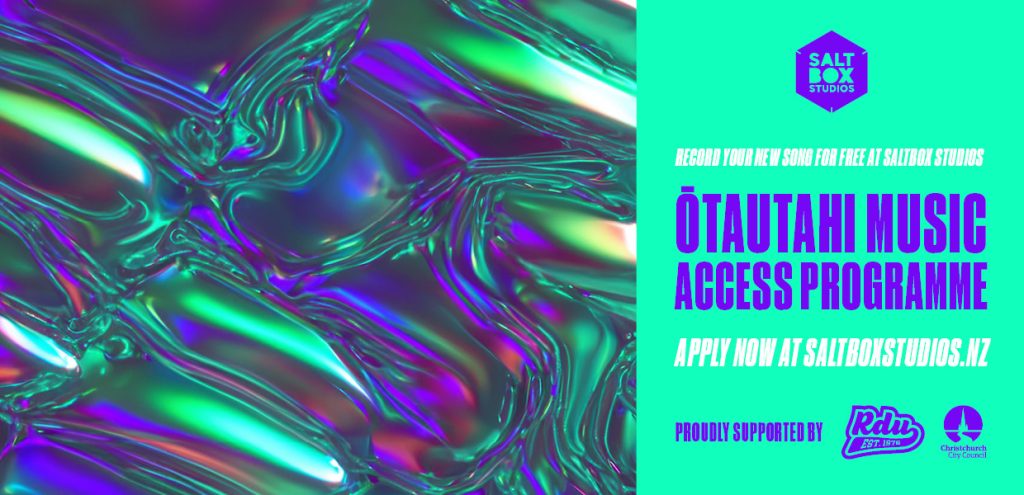HISTORY OF ‘U’ 1983
Written by Admin on 3 November 2014
1983
The 1983 application saw UCSA and the Radio U Society apply for far more extensive broadcasting authorisation, with the application being amended to seek transmission for continuous broadcast (albeit it in 28 day blocks) between 14 February 1983 and 13 August 1983. Totalling 182 days of continuous broadcast.
The staff members identified in the application
Michael Higgins – president of Radio U Society
John McLaughlin – third year law student as the proposed station manager
Andrew Glennie – vice president Radio U Society as proposed technical director
Phillip Cheyne – treasurer of Radio U Society and proposed financial director and announcer
Callum Hantler – salesman in 1982, proposed announcer and advertising manager
John Phelong – second year arts student, proposed announcer, information programmer and drama reviewer
Mark Inder – proposed technician and production engineer
Peter Clayton Jones – fourth year sciences student and proposed announcer and copyrighter
Michael Mills – second year arts student, former president of Christchurch Polytechnic Students’ Association, promotions manager in 1982 and proposed announcer and production engineer
Andrew Moss – proposed salesman and announcer (previous experience as Radio Fifeshire salesman in 1982)
Michael Shannon – proposed announcer
Lorraine Allen – proposed announcer and information programmer
Kirsten Cooper – proposed announcer and films reviewer
Simon Pollard – proposed announcer and films reviewer
Peter Taylor – proposed announcer and publicity officer
John Dunshea – proposed announcer and information programmer
Wayne Codlin – CANTA editor, proposed announcer and copyrighter
Along with the usual justifications concerning enrolment and Orientation, and the promotion of cultural and sporting clubs’ open days, the capping festival, the winter festival and the presidential and executive elections, the applicants also sought the inclusion of “part time” broadcasts
“in recognition of the vast range of student events and services to students that take place throughout the first and second terms. It is felt that individual events run by student clubs, bursary dates, lectures by visiting academics, the week to week forums, and Student Representative Councils run by the Association and a host of other events are just as deserving of publicity as the major events, if not more so because of their low profile nature.
Radio is a medium which is capable of dealing with spontaneous events in a manner which is far more accessible to students than are the weekly newspaper and posters which provide the only other areas of publicity. Adequate publicity is often beyond the means and experience of part time organisers who inevitably have their time taken up completely with the actual organisation of the event itself. It is felt that a radio station could provide them with a valuable and easily accessible aid in terms of such publicity.”
Refer: Pink document 25 – clause 4.2
The proposed programme would be comprised of information about the student events and “alternative music which is not normally heard on established stations.”
“the music presented by the proposed station would be based around alternative rock music of the type provided by the ZM midnight to dawn shows. This type of music receives little or no other exposure outside of this programme. Programmes would also be represented regularly of other styles of music including jazz, reggae, classical and folk. It is hoped that such programmes would be split between introductions to the particular style of music and more specialised programmes for the enthusiast”.
“It is proposed that the station would also feature news and information and reviews concerning cultural events both inside and outside the University particularly in the fields of cinema, drama and music. Television New Zealand have been approached with regard to the proposed station simulcasting the music programme “Radio With Pictures” and have indicated their approval for such a project.”
The application noted that all transmission and student equipment was owned by the Radio U Society.
As to funding, it was proposed “that the station would be solely supported by advertising revenue.”
The applicants sought permission to run advertising to the “full limit of four minutes per hour allowed by the Tribunal throughout the broadcasts. It is not envisaged that the greater proportion of this time would be filled and it must be recognised that student radio does not have a share of the market that would allow this.” Advertising would be directed at the student audience.
The estimated expenditure for the 1983 broadcasts was $5,170
Total estimated income was $32,984 with the applicants estimating that they would fill between 20 and 30 percent of the four minute per hour advertising maximum they sought.
With this saw the increase of their insurance policy to $100,000.
The application records that agreements were in place with both the Australasian Performing Rights Association (APRA) and Phonographic Performances (PPNZ) over the broadcasting of copyrighted material.
By letter dated 10 February 1983 the application (with its amendments) was granted and authorisation number 304 was issued
This enabled the first long running broadcast of Radio U on 1422kHz. Advertising was permitted to a maximum of four hours per day daily on weekdays and until 0600 hours on Sundays, and had to be directed to the University student audience.
Refer: Pink document 26 – clause 7
A further condition set out at (clause 8) was:
“The holder of this warrant shall not, without the consent in writing of the Tribunal, form, or join in forming, or enter or become a member of any network of broadcasting stations, or any other associations or organisation of broadcasting stations formed for the purpose of making arrangements for the provision of programmes or the broadcasting of advertisements, or acquire by itself or any person or company on its behalf, any shares or other interests in any such network, association or organisation PROVIDED that networking with Television New Zealand is permitted for the purpose of broadcasting Radio With Pictures.”
_



